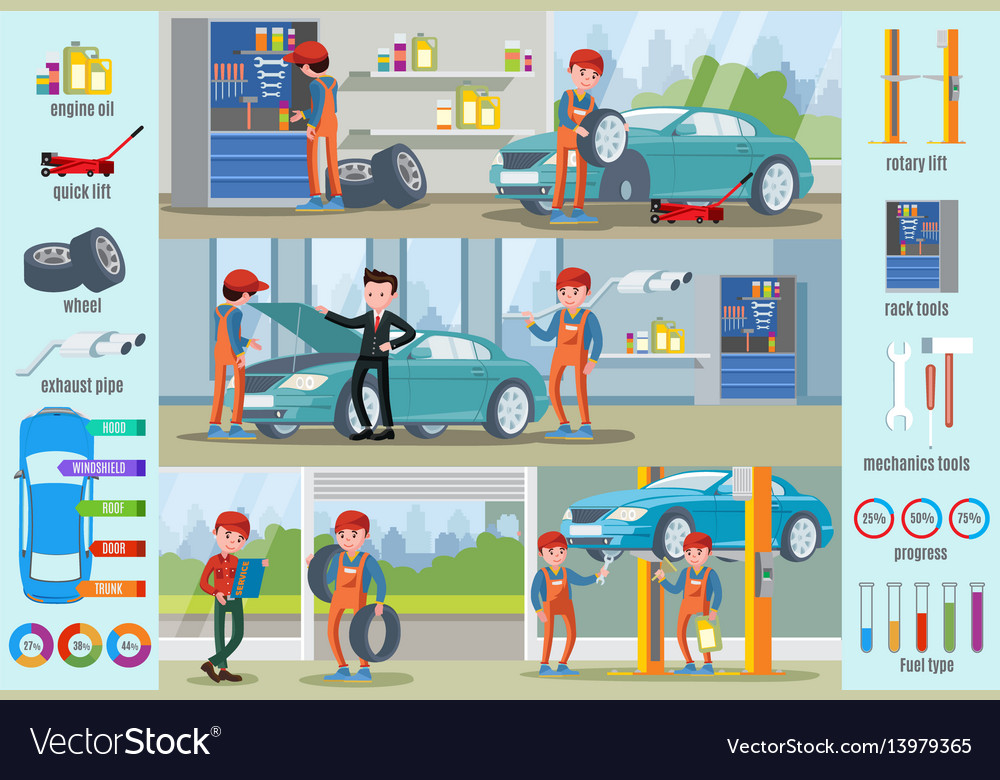Evaluating Your Auto'S Warning Indicators: What They Really Convey
Evaluating Your Auto'S Warning Indicators: What They Really Convey
Blog Article
Content Author-Faulkner Forbes
When you lag the wheel, those glowing caution lights on your dashboard can be a bit perplexing. Do you know what they're trying to inform you regarding your car's health and wellness? Understanding the significance of these lights is vital for your security and the durability of your automobile. So, the following time among those lights turns up, wouldn't you intend to understand its message accurately and take the necessary actions to address it?
Common Caution Lighting and Interpretations
Identify usual warning lights in your cars and truck and comprehend their meanings to guarantee secure driving.
The most common warning lights consist of the check engine light, which signifies problems with the engine or emissions system. If this light comes on, it's vital to have your vehicle checked promptly.
The oil stress warning light indicates low oil pressure, calling for instant attention to avoid engine damage.
A flashing battery light may recommend a faulty billing system, potentially leaving you stranded otherwise addressed.
The tire stress tracking system (TPMS) light notifies you to reduced tire pressure, influencing lorry stability and gas performance. Neglecting this can bring about hazardous driving conditions.
The ABS light suggests a problem with the anti-lock stopping system, compromising your ability to quit swiftly in emergencies.
Finally, the coolant temperature level advising light warns of engine overheating, which can cause serious damage if not dealt with swiftly.
Comprehending these typical caution lights will help you resolve problems immediately and keep secure driving problems.
Relevance of Prompt Focus
Understanding the typical caution lights in your auto is only the initial step; the importance of promptly dealing with these cautions can not be stressed enough to guarantee your safety when traveling.
When a warning light brightens on your control panel, it's your cars and truck's way of connecting a possible problem that requires attention. Disregarding these cautions can bring about extra extreme troubles later on, endangering your safety and potentially costing you more out of commission.
Trigger focus to cautioning lights can stop breakdowns and mishaps. As an example, a blinking check engine light might indicate a misfire that, if left unattended, can cause damage to the catalytic converter. Addressing this without delay can save you from a pricey repair service.
Likewise, a brake system advising light may indicate low brake fluid or used brake pads, essential parts for your safety when driving.
DIY Troubleshooting Tips
If you discover a warning light on your control panel, there are a couple of do it yourself fixing ideas you can attempt prior to looking for specialist help.
The primary step is to consult your cars and truck's handbook to recognize what the certain warning light suggests. In some cases the problem can be as straightforward as a loosened gas cap setting off the check engine light. Tightening up the gas cap might resolve the issue.
view is a low battery, which can cause different cautioning lights. Checking the battery connections for corrosion and guaranteeing they're safe and secure may repair the issue.
If a warning light continues, you can try resetting it by separating the auto's battery for a couple of mins and afterwards reconnecting it. Furthermore, checking your vehicle's fluid degrees, such as oil, coolant, and brake liquid, can aid fix warning lights connected to these systems.
Conclusion
In conclusion, comprehending your vehicle's warning lights is essential for maintaining your vehicle running efficiently and safely. By immediately addressing these alerts and understanding what they suggest, you can avoid expensive repairs and possible break downs.
Remember to consult your vehicle's handbook for specific information on each alerting light and act appropriately to make sure a hassle-free driving experience.
Remain educated, remain click here when driving!
